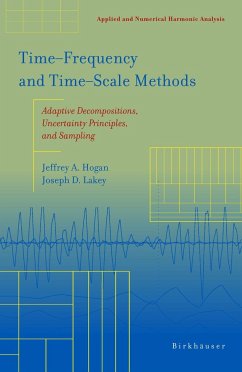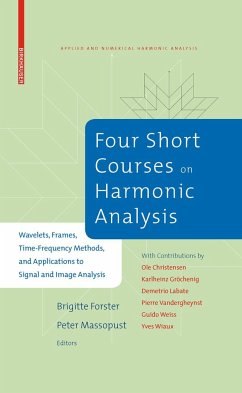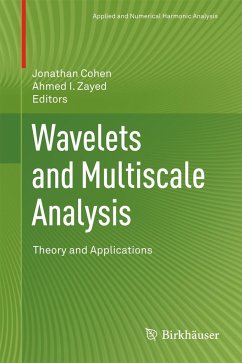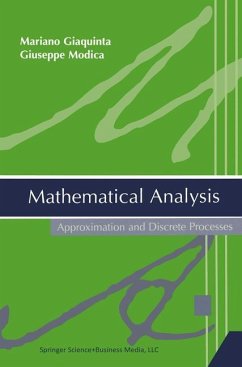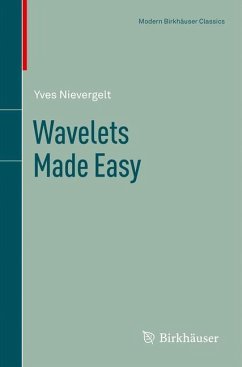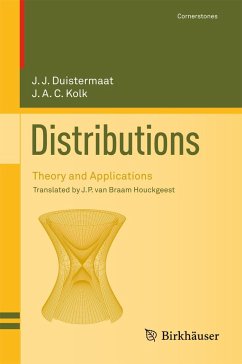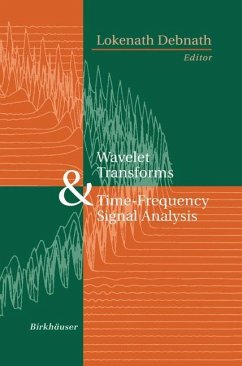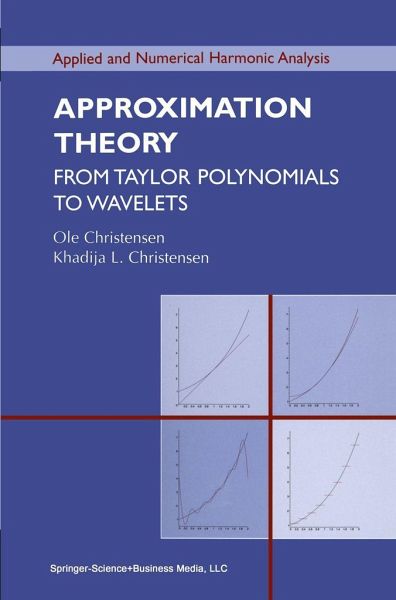
Approximation Theory
From Taylor Polynomials to Wavelets

PAYBACK Punkte
31 °P sammeln!
This concisely written book gives an elementary introduction to a classical area of mathematics - approximation theory - in a way that naturally leads to the modern field of wavelets. The exposition, driven by ideas rather than technical details and proofs, demonstrates the dynamic nature of mathematics and the influence of classical disciplines on many areas of modern mathematics and applications.
Approximation Theory: From Taylor Polynomials to Wavelets will be an excellent textbook or self-study reference for students and instructors in pure and applied mathematics, mathematical physics, and engineering. Readers will find motivation and background material pointing toward advanced literature and research topics in pure and applied harmonic analysis and related areas.
Approximation Theory: From Taylor Polynomials to Wavelets will be an excellent textbook or self-study reference for students and instructors in pure and applied mathematics, mathematical physics, and engineering. Readers will find motivation and background material pointing toward advanced literature and research topics in pure and applied harmonic analysis and related areas.
This book gives an elementary introduction to a classical area of mathemat ics - approximation theory - in a way that naturally leads to the modern field of wavelets. The main thread throughout the book is the idea of ap proximating "complicated expressions" with "simpler expressions," and how this plays a decisive role in many areas of modern mathematics and its applications. One of the main goals of the presentation is to make it clear to the reader that mathematics is a subject in a state of continuous evolution. This fact is usually difficult to explain to students at or near their second year of uni versity. Often, teachers do not have adequate elementary material to give to students as motivation and encouragement for their further studies. The present book will be of use in this context because the exposition demon strates the dynamic nature of mathematics and how classical disciplines influence many areas of modern mathematics and applications. The book may lead readers toward more advanced literature, such as the other pub lications in the Applied and Numerical Harmonic Analysis series (ANHA), by introducing ideas presented in several of those books in an elementary context. The focus here is on ideas rather than on technical details, and the book is not primarily meant to be a textbook.





